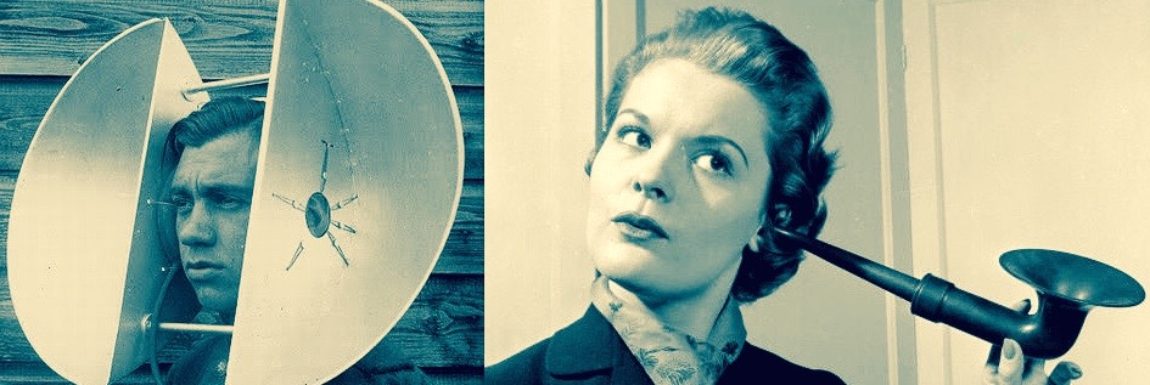The hearing aid industry is facing an Uber moment. Or is it?

The market is being disrupted by newcomers armed with new technology at a cheaper price. If that sounds familiar remember the fate of the taxi industry. It too was sheltered by regulation but along came Uber and Lyft who skirted or ignored the rules.
The threat to the established order in the hearing aid industry comes in the form of personal sound amplification products, or PSAPs which, by the way, have a rather unappealing pronunciation: PEE-saps.
What is increasingly appealing to consumers is their price. They can be had for three or four hundred dollars apiece. Compare that to hearing aids which cost an average of about $5,000 a pair. But it’s important to note that by some estimates some two thirds of the cost of proper hearing aids covers audiograms, fittings, maintenance and adjustments (no one’s hearing stays the same).
A warning: the relatively low price of a PSAP may also come with a cost to your hearing. It’s one thing to buy a pair of reading glasses off the shelf without visiting an optometrist. It’s another to buy a hearing device without seeing an audiologist. And that issue is at the crux of the current regulatory fight.
One of the most popular PSAPs is the Scoop made by Soundhawk based in, where else, Silicon Valley.
It sells for about $400. US. But Soundhawk and the other manufacturers insist that PSAPs are not hearing aids. In fact, they have to say that because if called them hearing aids it would be illegal.
Under FDA regulations, they cannot be sold as hearing aids because that would make them medical devices. That means, among other rules, people often need a doctor’s evaluation, a consultation with an audiologist and hearing aid manufactures also must meet a range of requirements.
On the other hand, the FDA defines PSAPs as products that are not marketed hearing impaired consumers and are only to be used by people with normal hearing to amplify sound in certain environments such as lecture halls or during “recreational activities”, birdwatching comes to mind.
But how safe are these virtually un-regulated PSAPs? Will we face an epidemic of deaf birdwatchers?
Many doctors and audiologists are worried. They say some PSAPs can be dangerous because they can over-amplify sound and damage hearing. And they point out that treating hearing loss is not just about amplification. It’s really important to discover and amplify the specific frequencies that people are not hearing.
They also point out that self diagnosis is not a good idea. There are many reasons for hearing loss, including some very serious diseases.
Still, it’s a safe bet that PSAPs are here to stay and they will force a change in the rules.
The FDA is now currently revisiting the regulations in part because of a scathing report by the President’s Council of Advisors on Science and Technology in 2014. Its central message:
…a few simple actions by the Federal Government could dramatically enhance the pace of innovation and level of competition in this domain, leading to rapid decrease in cost and improvement in capability, convenience, and use of assistive hearing devices.
The U.S. Academies of Science, Engineering & Medicine also weighed in with a report released in June 2016.
It calls for the FDA to create a new category of “over-the-counter wearable hearing devices” that could be sold directly to the consumer under a lighter regulatory regime.
As with the Uber story, the proverbial horse is out of the barn and now the regulators are off and running trying to catch up.


This is great ! The hearing aid industry is such a mafia like scam..Costs too high, limited consumer choices, what a joke ! And technology going to